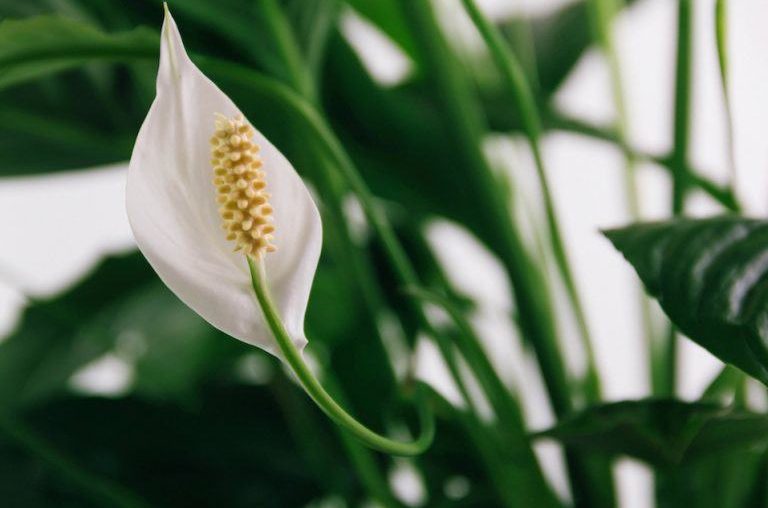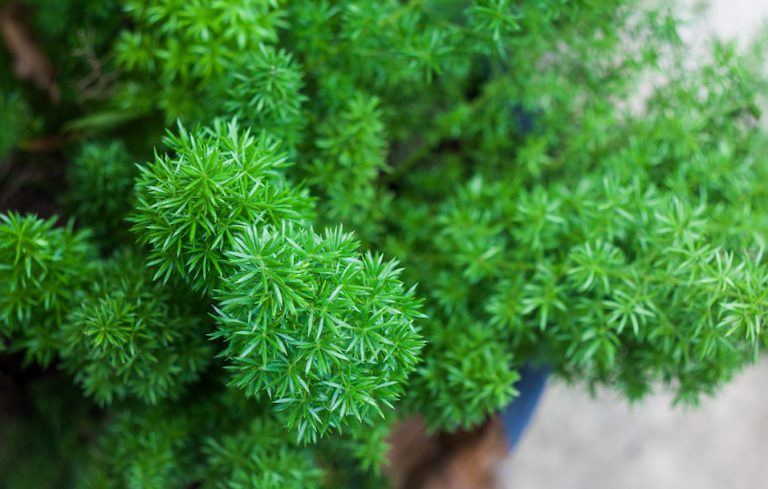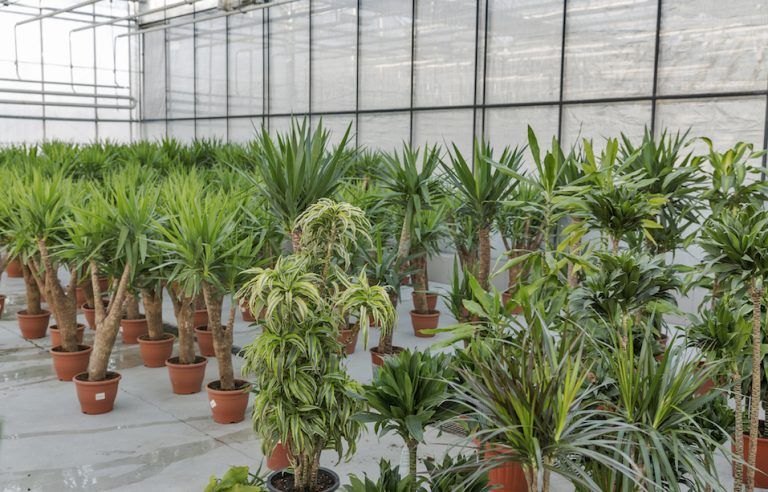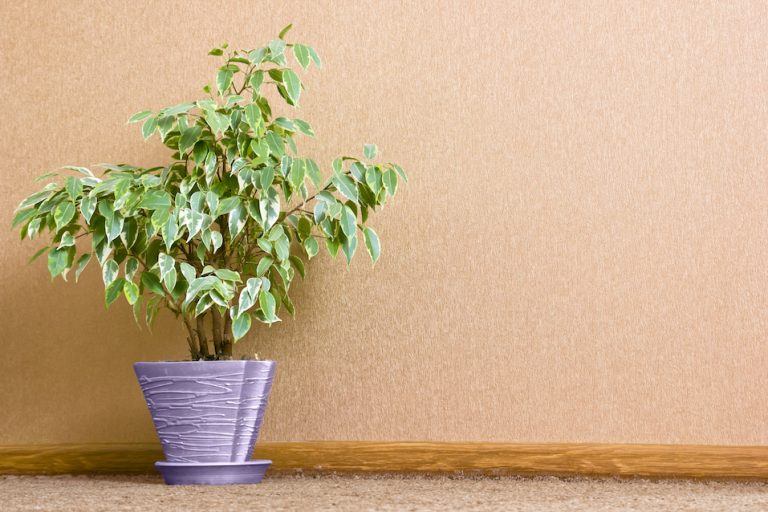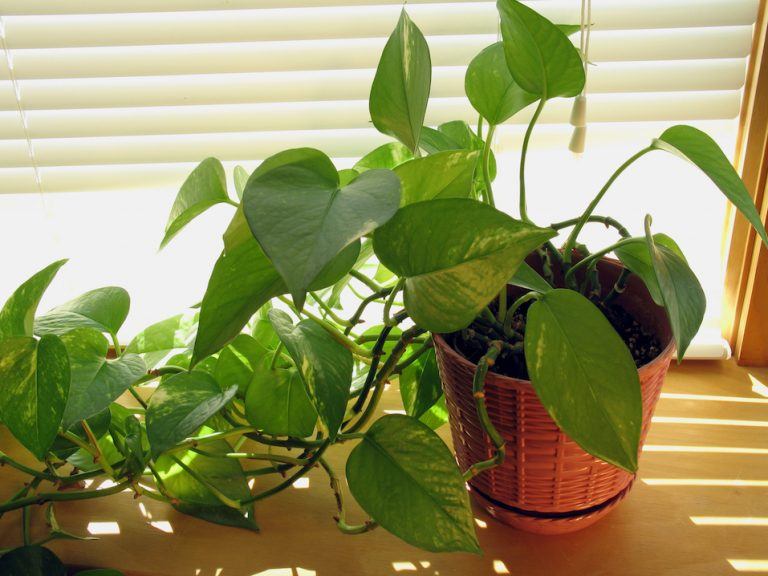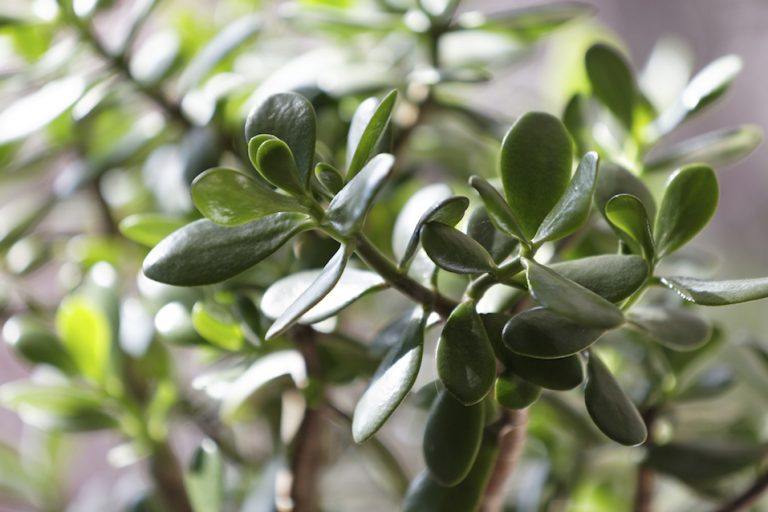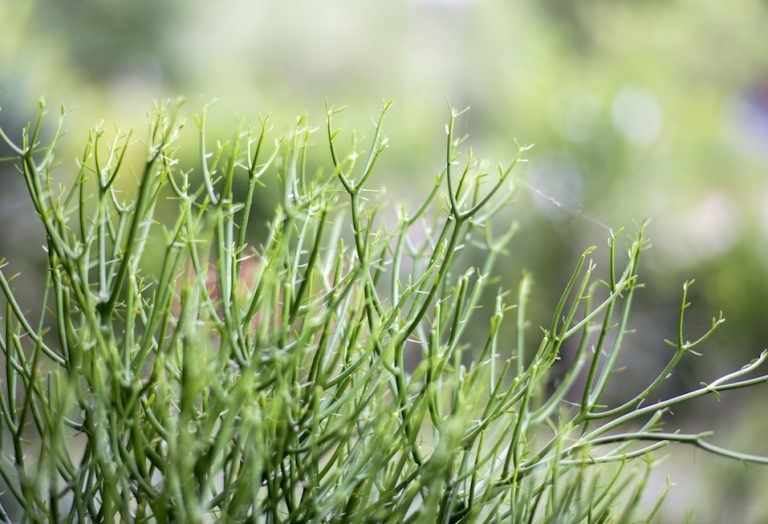Most gardeners know at least some of the plants in our backyards are toxic to dogs and cats. But it’s not just the azaleas you need to worry about. You might think the houseplants on your windowsills are safe. After all, how dangerous can a philodendron, pothos vine, or bird of paradise be? It turns out they’re pretty bad for your dog or your cat.
Check out 18 common houseplants that are toxic to cats and dogs
Aloe
Many people keep an aloe plant in the kitchen or bathroom. It not only adds a decorative touch to a room, but also comes in handy if you need to soothe a burn. You can find hundreds of varieties of aloe plants. They range in size — in the wild, at least — from a few inches high to heights of 30 to 40 feet, according to Apartment Therapy. The most common, called an aloe barbadensis, is the kind you’ll usually see at Home Depot or Lowe’s. But the ASPCA reports aloe is toxic to both dogs and cats. And Barbados aloe is also toxic to cats and dogs.
Asian lily
The Asian lily makes a colorful appearance every year at Easter, when every home improvement and grocery store sells them in pink, orange, yellow, and white. Gardening Know How explains you can easily grow lilies in containers on your patio or balcony. (So there’s no need to throw them out once the blooms fade after spring has passed.) But think twice before buying one if you have a cat. The ASPCA reports the Asian lily is toxic to cats.
Asparagus fern
Do you love lush, green plants? Then, you might be tempted to add the asparagus fern — which, for the record, isn’t a true fern — to your houseplant collection. Plus, Apartment Therapy recommends the asparagus fern for your bathroom, particularly if it gets plenty of sun. That’s because the asparagus fern thrives in warm, humid environments, unlike some of the other houseplants you might find at your local home improvement store. But a bathroom with an asparagus fern in it should probably stay off-limits to your pets. According to the ASPCA, the asparagus fern is toxic to dogs and cats.
Bird of paradise
The bird of paradise tops the list as far as statement-making houseplants go. Apartment Therapy reports this tropical tree “can grow quite large indoors and, if you’re very patient, reward you with stunning blooms within three to four years.” As MyDomaine explains, “This beauty can grow to more than 6 feet in height, and its banana-like leaves can reach 28 inches in length.” But you need to stay vigilant about this one if you have a cat or a dog at home. According to the ASPCA, the bird of paradise is toxic to dogs and cats.
Branching ivy
Branching ivy, also called English ivy, makes an easy, low-maintenance houseplant. You might be most familiar with it growing on the outside of old buildings. But many people cultivate it inside, thanks to its air-purifying capabilities. According to Apartment Therapy, a NASA study determined English ivy numbers among the most effective plants when it comes to creating oxygen and filtering out common toxins from the air. But you should think twice about growing ivy at home if you have a pet. The ASPCA reports branching ivy is toxic to both dogs and cats.
Catnip
Think growing a catnip plant is a great idea for keeping your cat entertained? Think again. The ASPCA reports catnip is actually toxic to cats. “Many cats love catnip, but it can cause vomiting and diarrhea,” the ASPCA explains. “It makes some cats sedated and others stimulated.” American Humane adds, “Too much of the fresh plant can overstimulate the central nervous system and cause a cat to injure himself.”
Cutleaf philodendron
The cutleaf philodendron, also known as the ceriman and the Swiss cheese plant, is an of-the-moment houseplant everybody wants in their homes. As MyDomaine explains, “Its striking leaf shape is a beautiful addition to any interior, but the best part about the stylish species is that it actually thrives in low light, making it better suited to an indoor environment.” The plant will tolerate drought (or sporadic watering), as well. But the ASPCA reports this philodendron is toxic to dogs and cats.
Cornstalk plant
Fig tree
The fiddle leaf fig has become an incredibly trendy houseplant to grow at home. But a plain fig tree — also called the weeping fig and the Indian rubber plant — grows well indoors, too. (Apartment Therapy reports you might even see fruit because the flowers don’t need to be pollinated. If that doesn’t make you want to grow one, we don’t know what will.) Just think twice about growing a fig tree if you have a pet at home. The ASPCA reports the fig tree is toxic to dogs and cats.
Golden pothos
If you’ve ever grown a vine at home, chances are pretty good it was a golden pothos. (You might have also heard the plant called devil’s ivy, taro vine, and ivy arum.) These plants are incredibly easy to grow. Apartment Therapy notes pothos makes a stylish and dramatic addition to your decor. And MyDomaine reports that pothos always makes the list if you’re looking for houseplants you can’t kill. “This leafy vine is one of the easiest plants to grow, and grow it does. The tropical vine’s trail can reach up to 10 feet indoors, even longer in its natural environment.” But the ASPCA reports the golden pothos is toxic to dogs and cats.
Jade plant
You can find the jade plant at just about any store that sells houseplants. (The plant sections at Home Depot, Lowe’s, and Ikea are all a good bet.) According to Apartment Therapy, the jade plant is a good match for those who are forgetful with the watering can. “Jade plants are cheery little succulents, fun to look at and easy to grow.” They also come in an array of different varieties, which all look different from one another. But be careful of this agreeable little plant if you have a pet at home. The ASPCA reports the jade plant is toxic to cats and dogs.
Peace lily
Many people love peace lilies for their white blooms, vibrant foliage, and air-cleaning capabilities. Apartment Therapy explains peace lilies land on NASA’s list of the best air-purifying plants, and they are easy to care for even in spaces with less-than-optimal light. They like indirect light and shade. And some even do well in offices with no windows and fluorescent lighting. But you’ll need to stay vigilant about your pets if you take one home. The ASPCA warns the peace lily is toxic to cats and dogs.
Pencil cactus
The pencil cactus, like many euphorbia, makes a photogenic and easy-to-care-for houseplant. Gardenista reports that “the pencil cactus owes its popularity both to its good looks and its hardiness.” You simply treat the plant like a succulent and err on the side of underwatering. But as with other kinds of euphorbia, you’ll need to be careful about these plants if you have a dog or a cat at home. According to the ASPCA, the pencil cactus is toxic to dogs and cats, thanks to its irritating sap. And if you do decide to grow one of the plants, you’ll need to be careful, as well. The sap is a skin and eye irritant for humans, too.

